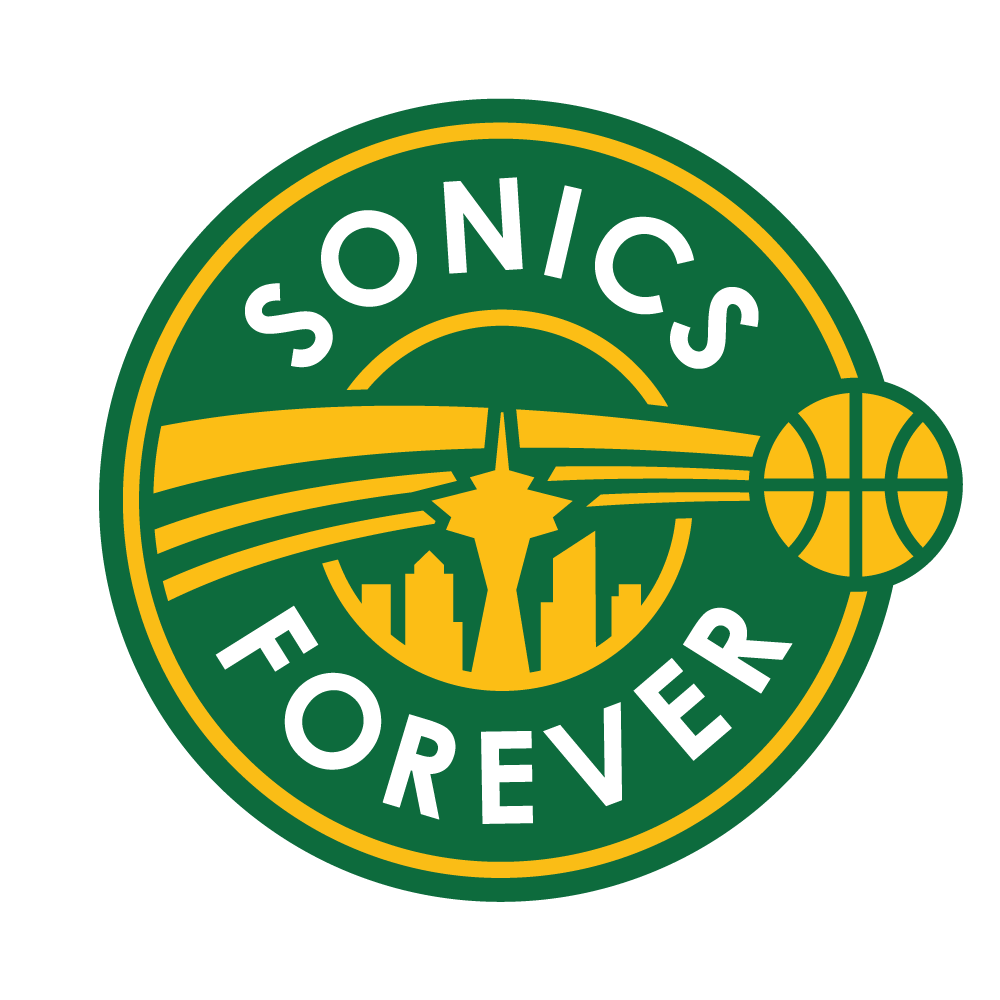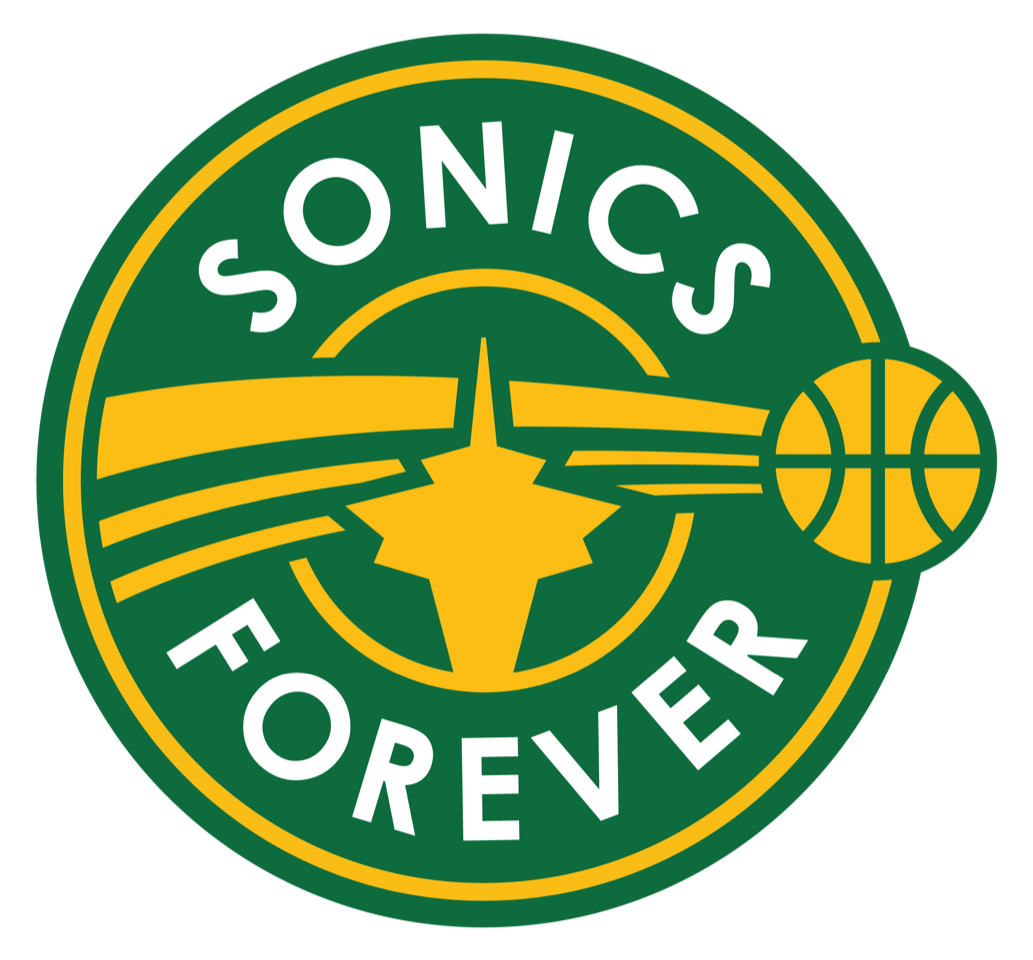Sonics Memories: K.C. Jones
SEATTLE – Eight NBA championships as a player. Two as an assistant coach. Two as a head coach. Looking back on K.C. Jones’ playing and coaching career, he was a winner.
The Hall of Famer, who passed away late last year at 88, is in rare air when it comes to his championship pedigree. He is one of only eight players to win a NCAA championship, NBA championship and an Olympic gold medal.
In college, Jones teamed up with Bill Russell to win NCAA championships for the University of San Francisco in 1955 and 56. The Dons didn’t just win titles; they were downright dominant. At the time, the Dons won an NCAA record 55 straight, including an unblemished record during the 1955-56 season (29-0). Jones, a point guard, and Russell, a center, pioneered the alley-oop and developed it into one of the most exciting plays in basketball. That fact is particularly relevant to Sonics fans, who were blessed with a seemingly endless loop of gravity defying alley-oops when Gary Payton and Shawn Kemp were teammates.
Jones and Russell would continue to build on their championship resume together throughout their careers. They won a gold medal together in the 1956 Olympics in Australia, and later won eight straight titles with the Celtics.
During his playing career, Jones earned a reputation as a tenacious defender, but he was also a dynamic athlete. At (6-foot-1, 200 pounds) had the quickness and toughness that could have led him to a football career instead of a Hall of Fame NBA career. While Jones never played in the NFL, the technique he showed during a tryout with the Rams in 1958 helped establish the bump-and-run style of pass coverage.
During his first season as the Sonics head coach, the team had a 41-41 record in the regular season and lost in the first round to the (much more talented) Trail Blazers in a close five-game series. The next year, he was let go midway through the season after a three-game losing streak with a young team that featured Kemp and Payton.
At the time Jones was fired, Sonics president Bob Whitsitt called the move, “the hardest decision I have ever made.” And, at the time, Sonics players seemed stunned by the move: “It’s not a good feeling,” said Eddie Johnson, a veteran on that team. “He treated us great. He didn’t get on guys when they didn’t play. He treated us like men and expected us to behave the same way. The whole thing is kind of depressing.”
The man who helped establish the alley-oop taught Kemp and Payton how to be professionals. He only worked with the Reign Man and the Glove for a short period of time, but he left his mark. In a story he wrote for The Players’ Tribune, Kemp credited Jones for helping him build the maturity he needed off the floor, in practice and during games. Payton and Kemp talked for years about the impact Jones had on their careers.
So, while Jones didn’t get the results needed for a prolonged career as the Sonics coach, he helped show Kemp and Payton how to work toward a championship. Jones helped set the foundation for future success.
He should be credited with more than a middle-of-the pack record. Jones was a winner and, while his time at the helm of the Sonics was brief, he helped kick off an incredible decade of Sonics basketball.


